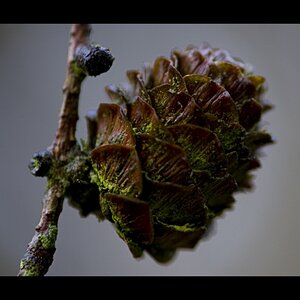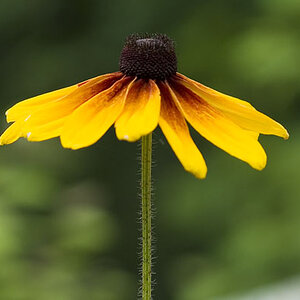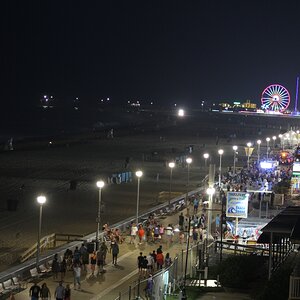Skyeg
TPF Noob!
- Joined
- Jan 25, 2004
- Messages
- 257
- Reaction score
- 1
- Location
- Boston
- Can others edit my Photos
- Photos NOT OK to edit
im a student doing cast portriats for a low budget school production. they want a white background and im just wondering what is usualy done to eliminte a shadow from the white background? right now i have a Nikon N80, coolpix 5700 and an SB-80 DX what kind of lights should i use for portraits on a budget? thanks for any advice you can give me



![[No title]](/data/xfmg/thumbnail/30/30990-df3df397f705643bc2c207cc9d579d08.jpg?1619734554)





![[No title]](/data/xfmg/thumbnail/31/31742-596f6bbc60b2ba7fed2cd25f5aacf41c.jpg?1619734985)
![[No title]](/data/xfmg/thumbnail/31/31096-b9b8d52b45753cd4f9251832149ef9da.jpg?1619734613)